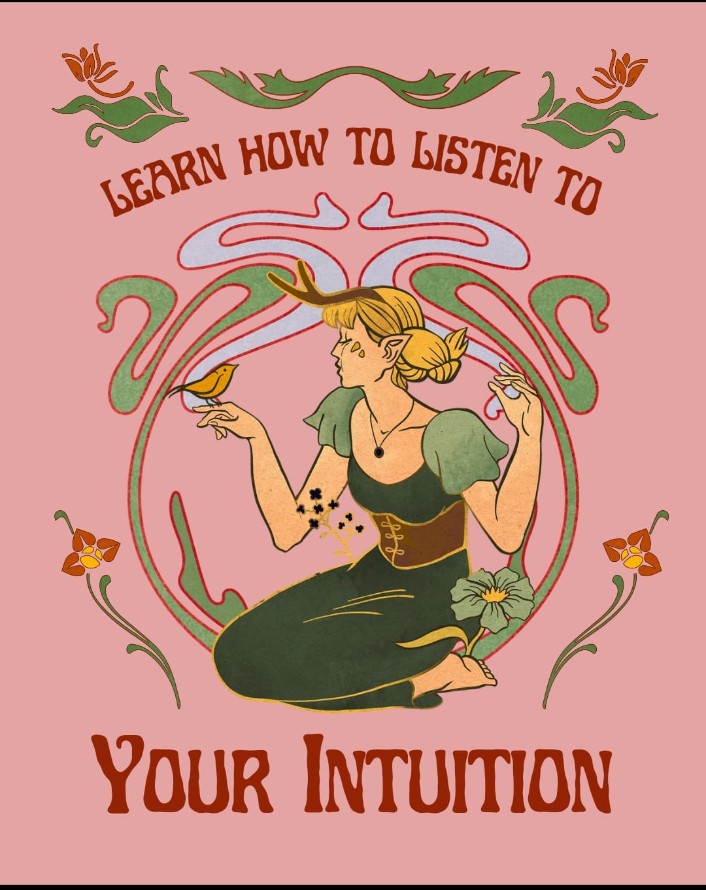Reprogramming the subconscious mind has gained significant attention from various thought leaders who believe that altering our subconscious programming is essential for healing, personal transformation, and creating lasting change. Here’s a look at some of the most impactful tools, the underlying theories, and insights from authors like Dr. Joe Dispenza, Dr. Amit Goswami, Gregg Braden, Gary Craig, and Dr. Bruce Lipton.

1. Meditation and Visualization
Theory:
Meditation and visualization help bypass the conscious mind, enabling access to subconscious patterns. Through repetition, new neural pathways can be formed, replacing old beliefs with new ones.
Insights:
- Dr. Joe Dispenza emphasizes “neurons that fire together, wire together.” His meditative practices guide individuals into a state of openness, allowing the reprogramming of thoughts to reshape their reality.
- Dr. Bruce Lipton suggests that our subconscious beliefs primarily form by age seven. By entering a state of brainwave frequencies seen in children (theta state), we can reprogram subconscious beliefs.
Technique:
Visualization, particularly in a meditative state, allows individuals to feel as if they’re experiencing a desired outcome, reinforcing new beliefs at a subconscious level.
2. Emotional Freedom Techniques (EFT)
Theory:
EFT, also known as “tapping,” combines cognitive behavioral techniques with acupressure. It’s believed that tapping on specific energy points while focusing on an issue can clear emotional blockages, reducing stress, fear, and anxiety—emotions often embedded in subconscious patterns.
Insights:
- Gary Craig, the creator of EFT, believes that unresolved emotional issues are the root of most conditions. By addressing these emotions through EFT, we can neutralize their impact on our behavior and beliefs.
Technique:
Identify a limiting belief or emotional pattern, rate the intensity, and tap on specific meridian points while reciting phrases to shift the subconscious response to that belief.
3. Heart-Brain Coherence
Theory:
This method uses the heart’s magnetic field to influence the brain. Synchronizing heart and brain activity can trigger positive emotions, reducing stress and creating a balanced mental state. When in coherence, the body is in a state that allows for more profound healing and transformation.
Insights:
- Gregg Braden and Dr. Joe Dispenza teach coherence techniques where gratitude, appreciation, and love bring the heart and brain into a coherent state, encouraging more profound subconscious shifts.
Technique:
Engage in a breathing practice while focusing on the heart and generating feelings of gratitude. Regular practice can reduce anxiety and promote a calm, assertive mindset.
4. Quantum Healing and Consciousness Theory
Theory:
Consciousness theory suggests that our reality is created by our mind’s interpretation of quantum waves and particles. Reprogramming the subconscious can change our perception and, subsequently, the reality we experience.
Insights:
- Dr. Amit Goswami explains that by understanding consciousness, we can realize that the mind is more than just neurons; it’s a field that interacts with reality itself. By shifting subconscious beliefs, we can access higher states of health and consciousness.
- Dr. Bruce Lipton suggests that our cells are influenced by our thoughts and perceptions. He calls this “the biology of belief” and emphasizes that changing our beliefs can alter our physical health.
Technique:
Quantum healing meditation involves visualizing desired outcomes, believing in those possibilities, and seeing them as already present, thus influencing the body and mind to create that experience.
5. Hypnosis and Self-Hypnosis
Theory:
Hypnosis is a state where the conscious mind is relaxed, and the subconscious mind becomes more receptive. Guided hypnosis or self-hypnosis helps individuals implant new beliefs, releasing old conditioning.
Insights:
- Dr. Bruce Lipton explains that hypnosis works by relaxing the brain to lower frequencies (alpha or theta), allowing for direct access to the subconscious.
- Dr. Joe Dispenza incorporates self-hypnosis techniques in his meditations, encouraging individuals to let go of their current identity to form a new one aligned with their desired reality.
Technique:
Engage in a hypnotic state through breathing and relaxation, then repeat affirmations or visualizations that align with desired beliefs and outcomes.
6. Affirmations and Repetitive Thought Patterns
Theory:
Affirmations are statements that reinforce positive beliefs. Repeating affirmations with conviction and visualization can reinforce new neural pathways and replace limiting beliefs with empowering ones.
Insights:
- Dr. Joe Dispenza advocates for “becoming aware of your automatic thoughts” and replacing them with intentional affirmations.
- Dr. Bruce Lipton states that affirmations work best in a relaxed state of mind, where the brain is receptive, and self-talk aligns with desired beliefs.
Technique:
Use affirmations daily, ideally after meditation or before sleep, to increase their impact on the subconscious.
7. Epigenetic Reprogramming
Theory:
Epigenetics, as explained by Dr. Bruce Lipton, explores how environmental factors—including our beliefs—affect gene expression. Changing subconscious beliefs and attitudes can, therefore, impact the body’s physical makeup.
Insights:
- Dr. Bruce Lipton in “The Biology of Belief” suggests that the mind’s perception of its environment, more than genetics, dictates how genes are expressed, offering a scientific explanation for self-healing and transformation.
Technique:
Combine belief-based affirmations, visualizations, and environmental modifications to shift your perception and support epigenetic healing.
Conclusion
These tools offer powerful ways to shift subconscious beliefs, supported by insights from pioneering authors in the field. From meditation and coherence practices to tapping and epigenetic awareness, reprogramming our subconscious mind is seen as a pathway to self-mastery, health, and aligned living. Each approach emphasizes the profound impact our mind has on shaping our reality and creating lasting change.

